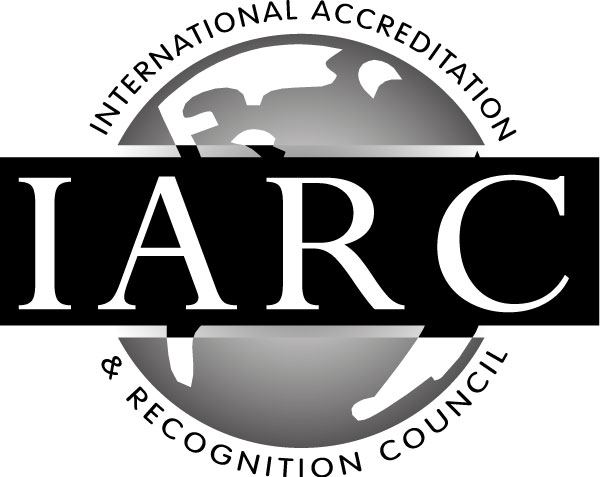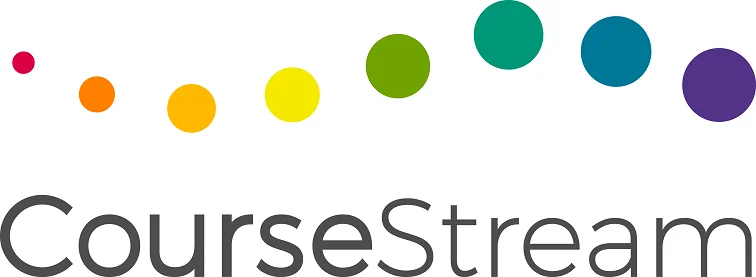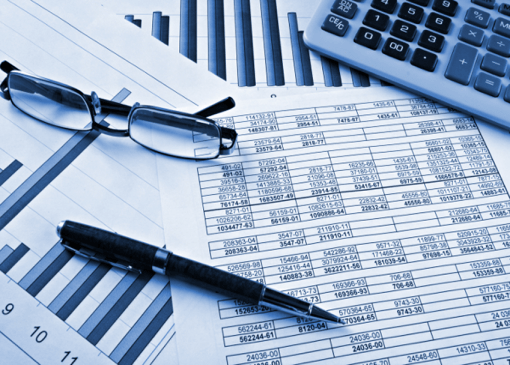Why Study this Bookkeeping Foundations Course?
Do you work or plan to work in the bookkeeping industry? Want to gain the fundamentals and foundation needed in bookkeeping? Then this Bookkeeping Foundations Course Online is for you! This course will help you gain the skills and knowledge needed to start your path to becoming a bookkeeper.
This Bookkeeping Foundations course online focuses on small services businesses.
- No prior knowledge assumed
- Suitable for beginner
- Globally relevant
This bookkeeping foundations online course is available either as online or by correspondence, students learn the double entry method of bookkeeping. Topics covered include designing accounting systems, double entry recording, cash receipts and payments journals, general journal, closing the ledger, profit, and loss statements, depreciation, profit determination and balance day adjustments as well as cash control; budgeting, reconciliation, and petty cash.
Course Aims:
- Discuss the basic purposes and scope of Bookkeeping
- Discuss the use and purpose of balance sheets, assests and liabilities.
- Design and set up a bookkeeping system – set up double entry bookkeeping
- Describe the fuction of ‘special journals’
- Prepare a credit fees journal and set up a credit sales journal
- Set up and use a “general journal”
- Discuss methods used to close ledger accounts at the end of an accounting period
- Prepare a profit and loss statement
- Determine appropriate approaches to depreciation of non-current assets
- Describe the ‘accrual’ and ‘cash’ basis of accounting, the matching process, balance day adjustments Describe the cash cycle, cash control methods, bank reconciliation processes, petty cash
- Explain the role of budgets.
Lesson Structure
- What is bookkeeping?
- Difference between accountants and bookkeepers.
- History of bookkeeping.
- Bookkeeping Terminology.
- Understanding language.
- Why do we need bookkeeping.
- Bookkeeping as a management tool.
- Business structures.
- Business structures vary internationally.
- Financial information.
- Accounting conventions and doctrines.
- Accounting standards.
- Australian accounting standards.
- UK accounting standards.
- International cooperation on standards.
- What is a balance sheet.
- Assets and liabilities.
- Components of a balance sheet.
- What items do not appear on the balance sheet.
- Example of a Balance Sheet.
- Tracking business performance.
- T format balance sheet.
- Balance sheet allocations.
- What is working capital.
- What is an accounting system.
- Understanding the flow of information in bookkeeping.
- Other business documents -statements, order forms, quotations.
- Steps in the bookkeeping process.
- Designing the System.
- Analysing business needs.
- Designing the accounting system.
- Designing the chart of accounts.
- Writing a chart of accounts.
- Designing the type of journals needed.
- Ledgers.
- Opening up the general ledger.
- Ledger accounts/ sub ledger.
- The general ledger.
- Entries resulting from transactions.
Recording transactions. - Different types of accounts.
- A trial balance.
- Ledger accounts and double entry bookkeeping.
- Recording entries.
- Rules to follow.
- Analysis chart.
- Footing ledger accounts.
- Balancing ledger accounts.
- The trial balance.
- Accounting for drawings.
- Revision of definitions and processes.
- Recording cash transactions in journals.
- Multi column receipts journal.
- Cash payments journal.
- Multi column cash payment journal.
- What discounts are allowed.
- Accounting discounts allowed and received.
- Credit sales and credit purchases.
- Credit sales journal.
- Debtors subsidiary journal and control account.
- Using a debtors schedule.
- The credit purchases journal.
- Creating a creditors Subsidiary Ledger and schedule.
- The cash payments journal and creditors control account
- Recording non standard transactions.
- Designing the general journal.
- Posting to a general journal.
- General journal entries and ledgers.
- Anomalies.
- Recording credit purchases of non current assets.
- Recording owners contributions or withdrawals.
- Recording debts that are written off.
- Recording contra entries.
- Recording purchase returns.
- Other uses for a journal.
- Closing at the end of the accounting period.
- Preparing for the new accounting period.
- Transferring balance day closing entries.
- Profit and loss account.
- Determining gross profit.
- Simple profit and loss account.
- Balance sheet.
- Businesses making a loss rather than profit.
- Owner withdrawing revenue.
- The end results.
- The balance sheet and how it relates to Profit and Loss Statement.
- Using net profit figure to evaluate business performance.
- What is profitability?
- Gross Profit.
- Net Profit.
- Cash flow margin.
- Return on assets margin.
- Gearing ratio and how it relates to cash flow.
- Return on owners equity margin.
- Informative profit and loss presentation.
- Segmentation.
- Functional classification- Grouping expenses.
- Showing extraordinary expenses and revenue.
- Accounting for unused materials or stock.
- Why do we need to calculate the cost of materials used.
- The balance sheet and how it relates to Profit and Loss Statement.
- Using net profit figure to evaluate business performance.
- What is profitability?
- Gross Profit.
- Net Profit.
- Cash flow margin.
- Return on assets margin.
- Gearing ratio and how it relates to cash flow.
- Return on owners equity margin.
- Informative profit and loss presentation.
- Segmentation.
- Functional classification- Grouping expenses.
- Showing extraordinary expenses and revenue.
- Accounting for unused materials or stock.
- Why do we need to calculate the cost of materials used.
- Intangible assets.
- Depreciation methods.
- Depreciation calculation methods.
- Calculating depreciation with the straight line method.
- What if there is no residual value.
- How to enter depreciation into the books.
- Declining balance method of depreciation.
- Calculating percentage rate of depreciation.
- Production units method of depreciation.
- What about intangible assets.
- Keeping track of assets and depreciation.
- Asset register.
- End of Useful life for assets.
- Loss disposal of asset account.
- Ways of handling money.
- Outgoing monies (payments).
- Methods of controlling cash.
- Recording cash transactions.
- The cash book.
- Bank transactions and the cash book.
- Bank reconciliation statements.
- The cash cycle – cash flow and liquidity.
- Account receivable turnover ratio.
- Operating cash flow ratio.
- Inventory turnover ratio.
- Professional journals.
- Budget types.
- The cash budget.
- Factoring in safety margins.
- Variable costs.
- Budget reviews.
- Taxes and budgets.
- GST or VAT taxes.
- Tax input credits.
- Taxable supplies
Enrol Now
- Experienced Tutor support
- Certificate sent to you
- Online study (Printed notes available)
- Self paced - no set timetable
- 12 months to complete course
From: $25.00 / week for 26 weeks
Get a Free Info Pack!











